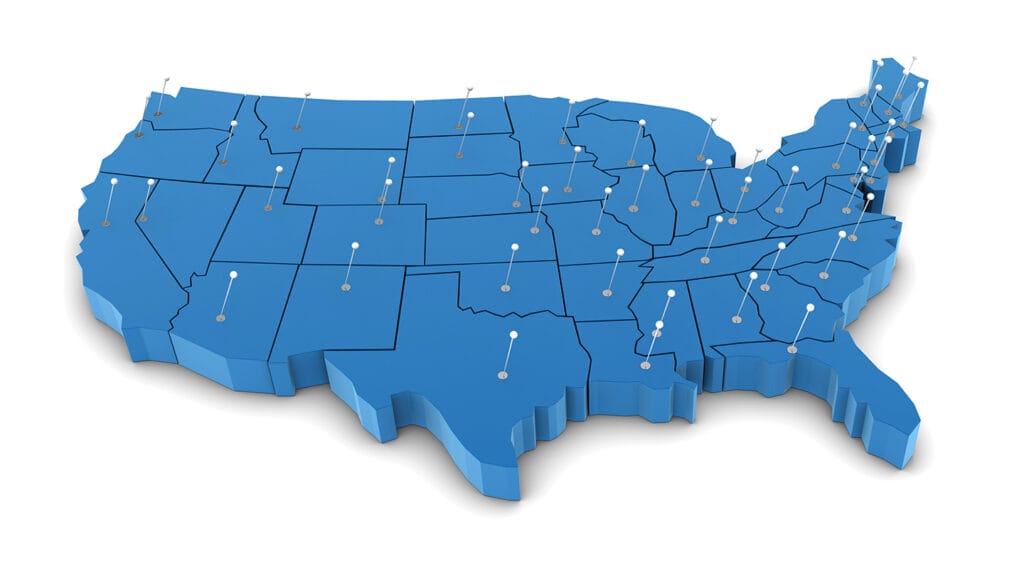
Older adults receiving Medicaid home- and community-based services (HCBS) had excess mortality rates from COVID-19 similar to those in nursing homes, but at much higher rates than other Medicaid recipients and the general population. Those are the findings from a study of health plan data by Health Affairs.
During the first eight months of the pandemic, the study found the excess monthly death rate of Medicaid HCBS recipients over the age of 65 was 31% versus 28% for those in nursing homes. However, the death rate for Medicaid HCBS recipients was 7.4 times the rate of other Medicaid recipients and 26.6 times higher than that of the general population.
Researchers speculated that several factors likely contributed to the higher death rates of Medicaid HCBS recipients, including individual risk factors, societal barriers and indirect impacts.
Medicaid HCBS patients tend to have righter rates of secondary health conditions that likely contributed to a greater risk of contracting COVID-19 and dying from the virus. Some of those patients also reside in group settings or are enrolled in day programs, placing them at greater risk for exposure. Additionally, older Medicaid recipients in HCBS programs typically rely on in-person support delivered by family members and direct care workers who are more at risk of exposure to the virus in the community, according to the study.
The COVID-19 pandemic has claimed the lives of nearly 1.1 million Americans, according to the Centers for Disease Control and Prevention. People over the age of 65 accounted for nearly three-quarters of those deaths.



